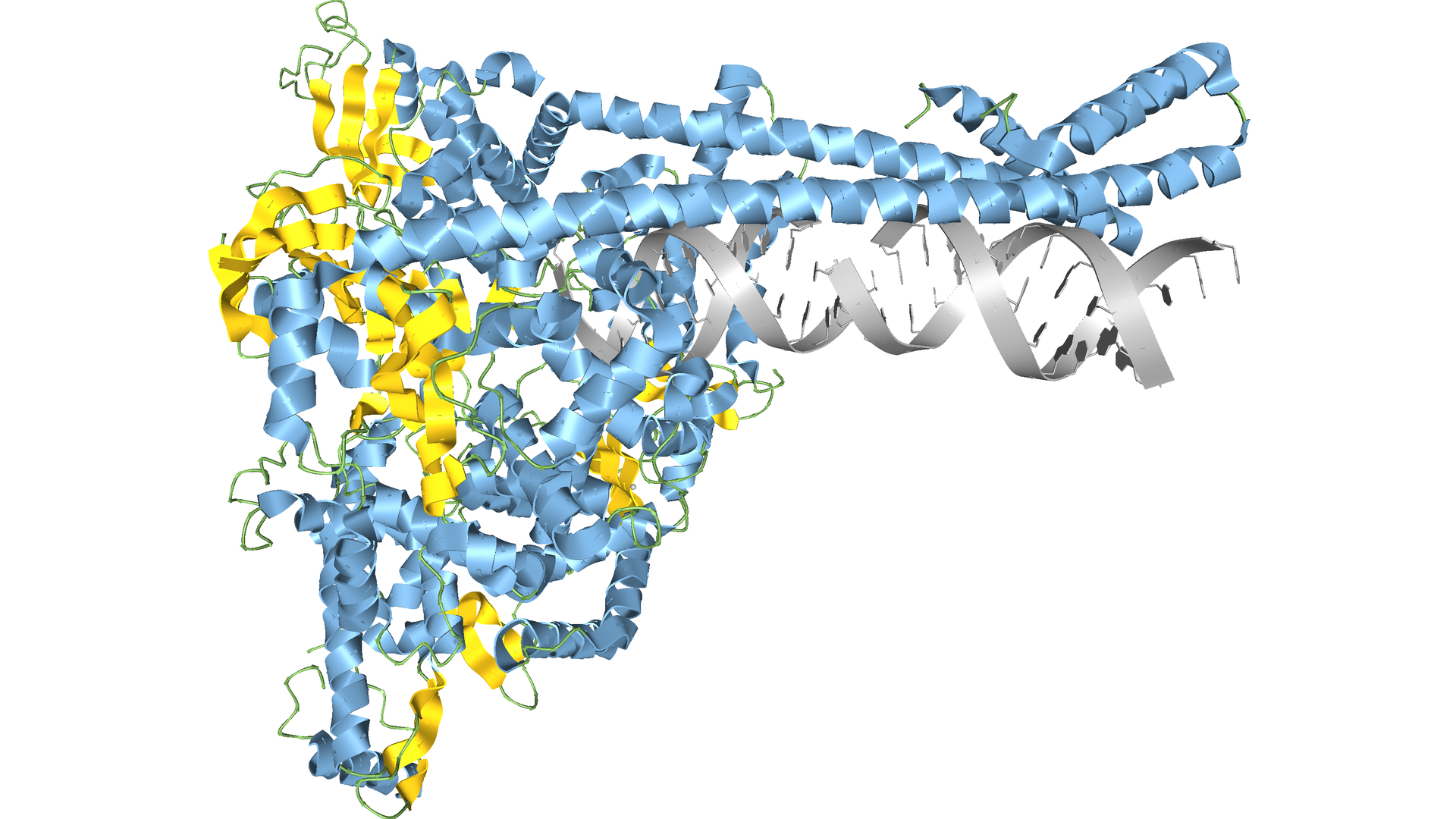Scientists from the Garvan Institute for Medical Research (Australia) have created more than 2 thousand three-dimensional models that are somehow associated with 27 proteins of the SARS-CoV-2 coronavirus.
By studying 3D models, the researchers found that certain proteins help the virus bypass the human immune system and multiply.
This is reported in the journal Molecular Systems Biology
.
In the creation of 3D models of coronavirus proteins, scientists were assisted by the data processing unit of the State Association for Scientific and Applied Research of Australia Data61.
The models were posted on the Aquaria-COVID website, where everyone can view them.
"Such a high level of detail in the structure of SARS-CoV-2, as on our resource, can not be found anywhere else in the world, and this allowed us to get an unprecedented deep understanding of how the virus behaves," said the first author of the article, a professor at the Institute of Medical Research named after Garvan Sean O'Donoghue.
RNA synthetase model
The researchers studied the proteins that make up the coronavirus.
They identified three SARS-CoV-2 proteins that mimic human proteins.
According to the researchers, these proteins allow the virus to hide from the immune system.
Scientists have also recorded proteins that "integrate" into the processes in the cells of the human body or disrupt them, thereby helping the virus begin to dominate, complete its life cycle and spread to other cells.
According to scientists, the three-dimensional models, as well as the proteins they studied, will help in the further study of COVID-19 and its strains.
“The longer a virus circulates in nature, the more chances it has to mutate, leading to new variants, such as the delta strain.
Our resource will help researchers understand the difference between new strains of the virus, ”said Sean O'Donoghue.

